COLLECTIVE CHALLENGE
LEARN, UNLEARN, RELEARN and APPLY
The root of denial for the dominant culture is fear, and fear mutates into all kinds of things: psychological projection, distorted and sensationalized representations in the media, and the manipulation of science to justify the legal rights and treatment of people. That’s why it’s so hard to unravel. – Dr. Joyce DeGruy
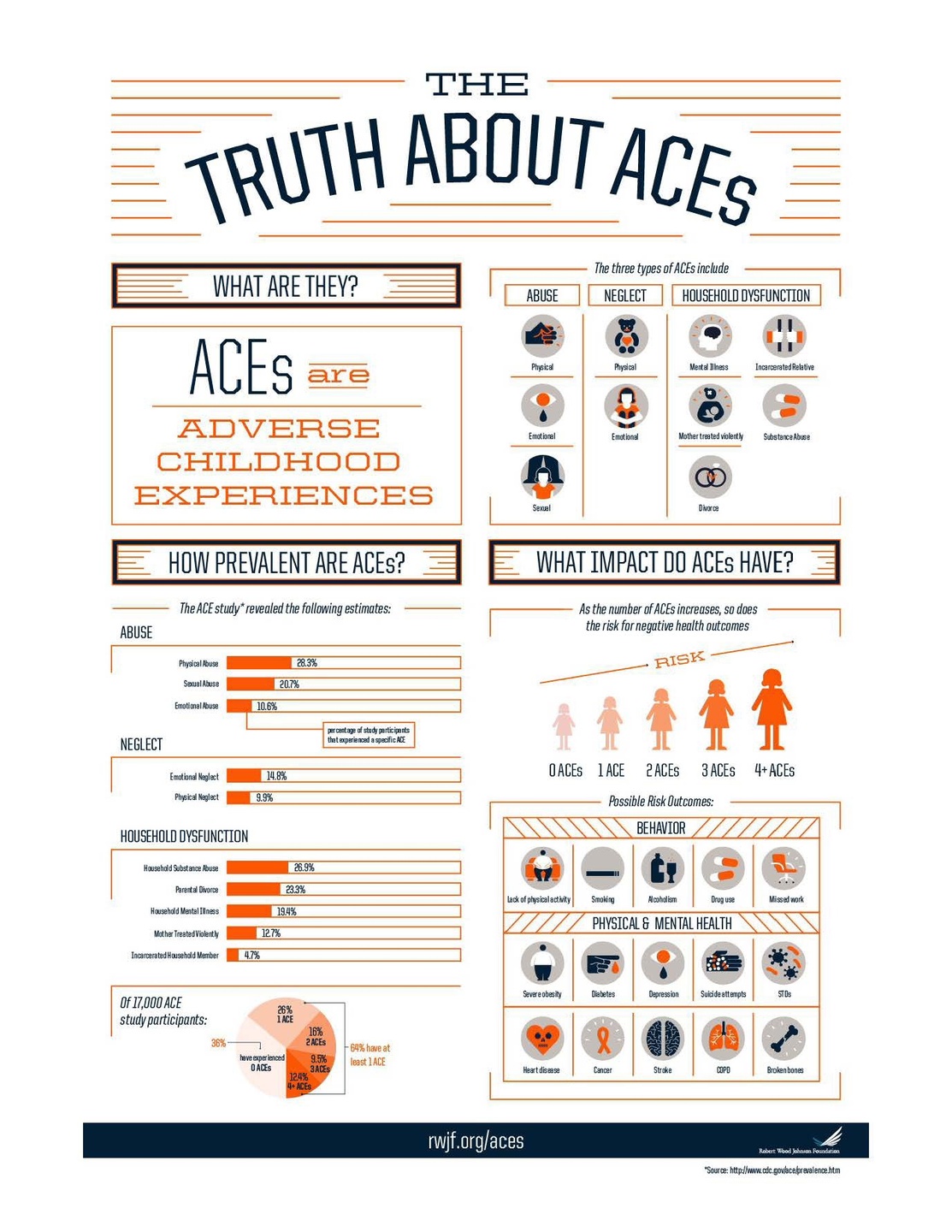
LEARN ACEs NARRATIVE
Did you know that the first study done on Adverse Childhood Experience (ACEs)
was in 1995 to 1997 by the Center of Disease Control and the Kaiser Permanente health care organization in California? In fact, the study surveyed, 17,337 participants, half were women, 74.8% were white. The average age was 57; 75.2% had attended college, all had jobs and good health care.
The survey posed 10 questions that focused on childhood experiences, with an age range of 0 to17 years old. More specifically, the questions included the following topics; physical, emotional, sexual abuse; emotional neglect; household dysfunction includes, incarcerated relative, divorce, mother treated violently, substance abuse, and parent experiencing mental illness during childhood age.
The research findings, of the 17,000 ACEs study participants, 64% have at least 1 ACE. According to the study, a majority were more unlikely to have adverse effects in adulthood.
Then why has the trauma-informed narrative shifted to focus on the BIPOC community, prescribing the risk factors for chronic diseases, mental illness, and violence due to high ACEs scores?
During training for BIPOC parents session, the facilitator asked a question, “When you hear ACEs or trauma-informed what demographic of people do you think about? The unanimous answer was BIPOC people.
The ACEs narrative comes from a deficit narrative meaning it focuses on what is wrong with an individual and prescribes the risk factors to BIPOC communities based on the assumption of high ACEs scores (from a 10-question questionnaire).
The ACE’s study is consciously, unconsciously, and subconsciously unjustly used to describe the BIPOC problem, with disregard to the fact that most of the people surveyed were white.
The skewed questionnaire neglects to address the impact of systemic, structural, and institutional racism that can contribute to one's overall health.
UNLEARN
The belief that anti-racist framework and practices only benefit BIPOC communities is a FALLACY. In truth, this work benefits all people. Systemic racism dehumanizes us all including White communities. One of the complex manifestations of White Supremacy is internalized racist identities. For generations, White communities have been unconsciously and consciously socialized by societal messages to believe in their own superiority, while BIPOC communities have been socialized by societal messages to believe in their own inferiority.
As a result, this complex socialization or dehumanizing process undermines opportunities for BIPOC communities through institutional policies, practices, and procedures while giving a false sense of innate superiority and benefits to White communities.
Race has been socially and politically constructed this way to maintain a racially unjust society. If race can be constructed, then it can also be deconstructed through a humanizing process so that all can see one another’s humanity while co-creating a world or society that will benefit all people. This “dialect” of anti-racist work seeks to do just that. Agreeably, the origin of human life originated from Africa. When we seek to understand systemic racism and practice anti-racism strategies by peeling off the layers of race, only then can we see that we are all brothers and sisters of one human race.
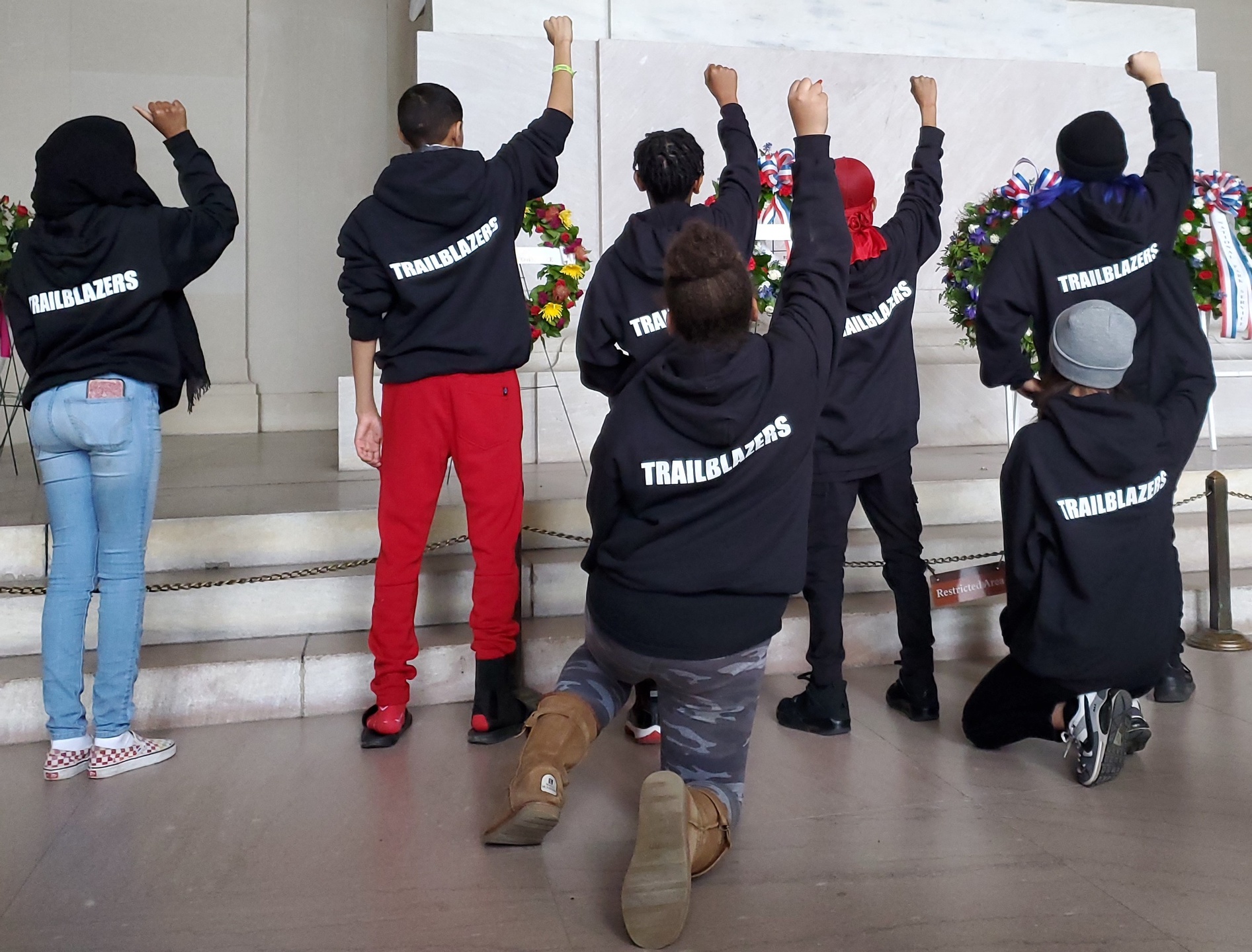
THE REAL TRUTH ABOUT ACEs
The ACEs risk factors are symptoms of a deeper issue. The root cause of these symptoms is systemic racism.
RELEARN
"I am more than my trauma" - Unknown Youth
We believe there must be a paradigm shift away from the focus being on individualized trauma. Positive relationships are imperative to happy, healthy, and thriving scholars and families. Research has shown that the intervention of trusted adults in a scholar’s life can have a positive impact, on their development, agency, identity, sense of belonging, and discovery of their own greatness.
The Village focuses on the impact of racial and institutional trauma and systemic racism. Rarely are systemic racism, historical oppression, generational oppression, environmental conditions, microaggressions, macroaggressions, racelighting, or internalized racism and oppression being taught. If so, they are usually a byproduct of trauma and not being addressed as the root cause of trauma experienced by BIPOC communities.
In recent years, talk about the root causes of BIPOC trauma concerning systemic racism is on the uprise. The belief that racism has affected the health of households, communities, institutions, and environments for over 400 years is leading the way to address systemic racism, racial trauma, and the negative impacts for many BIPOC children, youth, adults, families, and communities. The current narrative of ACEs must be challenged shifting to a strength-based approach using anti-racist practices and adaptive solutions to address the collective challenge.
The goal of anti-racist work is to uplift all humanity and dignity, for there is only one human race.
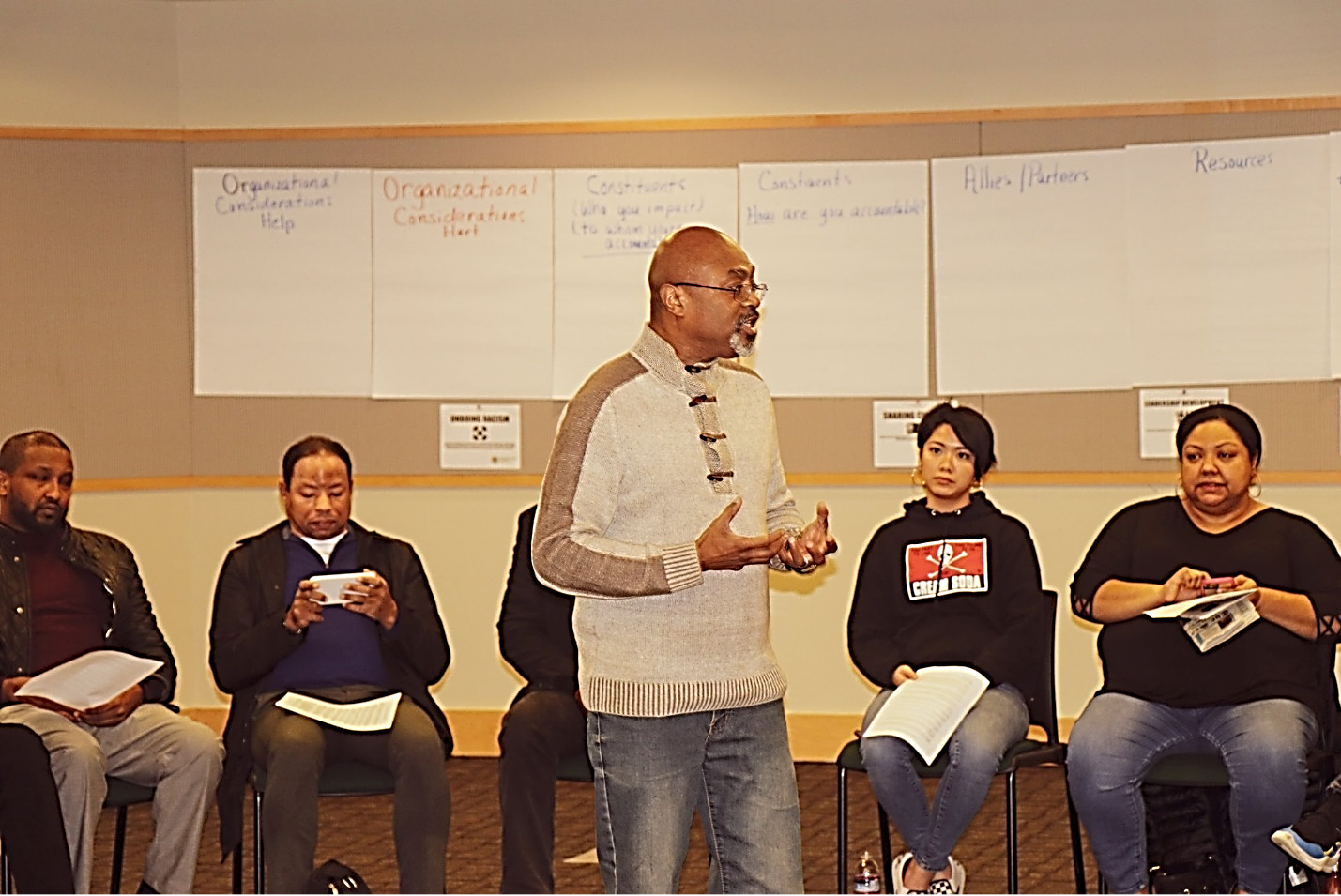
Addressing racism in schools & communities
Community advocate Sebrena Burr offers advice on how to tackle racist incidents among students.
APPLY - ANTI-RACIST PRACTICES
Undoing Racism and Internalized Oppression
- Confront racism and racial trauma that exist in schools, communities, organizations, and institutions
- Promote healing for BIPOC from internalized oppression by rejecting the views of white supremacy, negative and/or inferior feelings, opinions, or beliefs about one’s own cultural identity
- Increase educators' cultural awareness and ability to recognize their own racism, white privilege, and leadership styles
- Promote developing a clear sense of one’s racial identity and learn to value knowing one’s real history and drawing on the strengths of one’s culture through culturally responsive curricula and programming

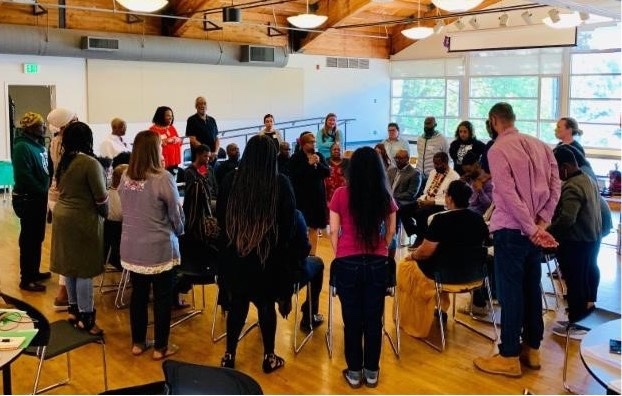
Build Healthy Relationships
- Build skills in emotional intelligence, conflict resolution, and relationship repair for youth and adults
- Demonstrate a sincere belief in students' worthiness and ability to succeed and gain a sense of belonging
- Deepening partnerships among families, schools, parent-led organizations, and community-based grassroots organizations who share similar racial and cultural backgrounds and experiences with the community they serve
Collaboration & Empowerment
- Create collective power to understand and change behavior, priorities, beliefs, habits, attitudes, norms, loyalties, and procedures
- Build trust in relationships and partnerships with community members, educators, and grassroots community service providers to collectively co-create and develop positive outcomes
- Deepening partnerships among families, schools, parent-led organizations, and community-based, grassroots organizations who share similar racial and cultural backgrounds and experiences with the community they serve
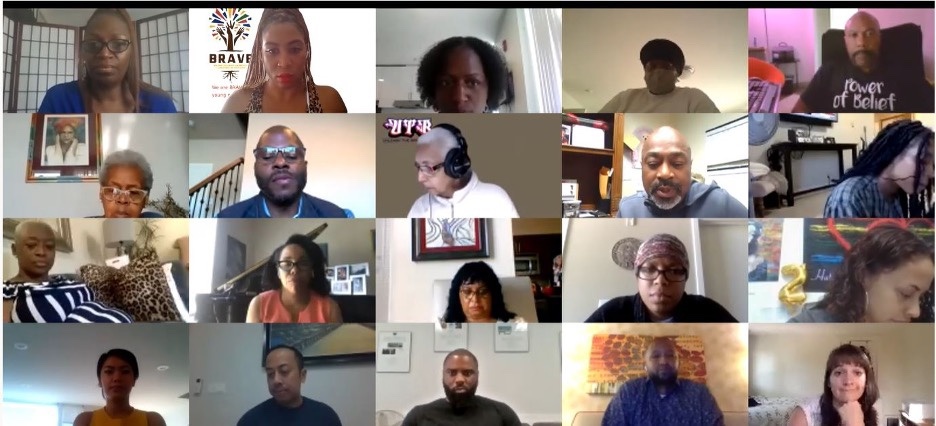

High Expectations for BIPOC Scholars
-
The most powerful asset in the classroom is the teacher’s belief in students’ abilities to reach their full potential. High expectations for every child reflect the commitment of adults to support each child’s individual learning trajectory
-
Educators must acknowledge the different learning styles and multi-intelligences of all children will create opportunities to advance learning, development, and personal growth
-
High expectations from parents, educators, and peers are linked to self-esteem, children’s sense of agency, and the opportunity to build self-efficacy by experiencing mastery of concepts, skills, and tasks

